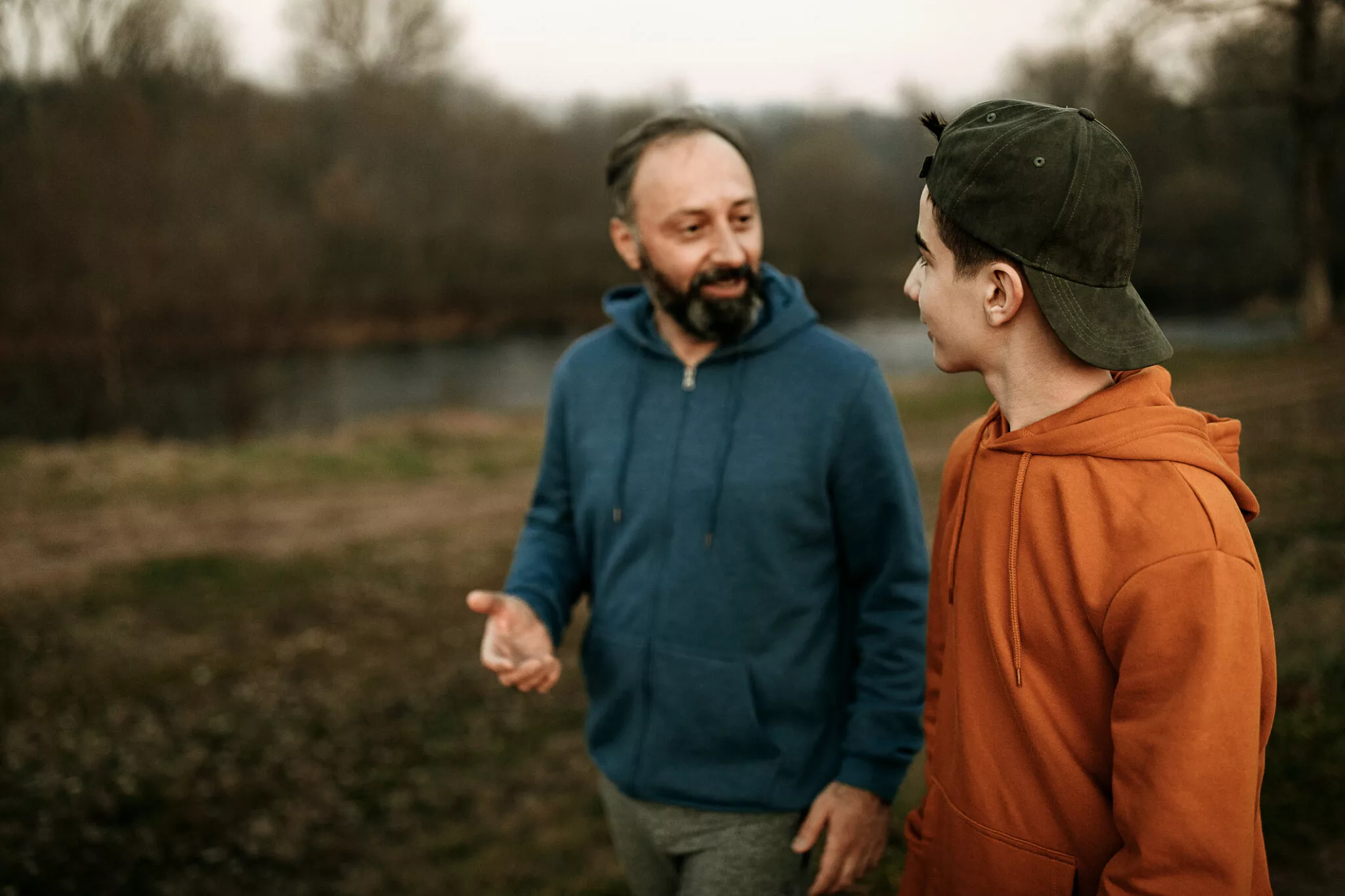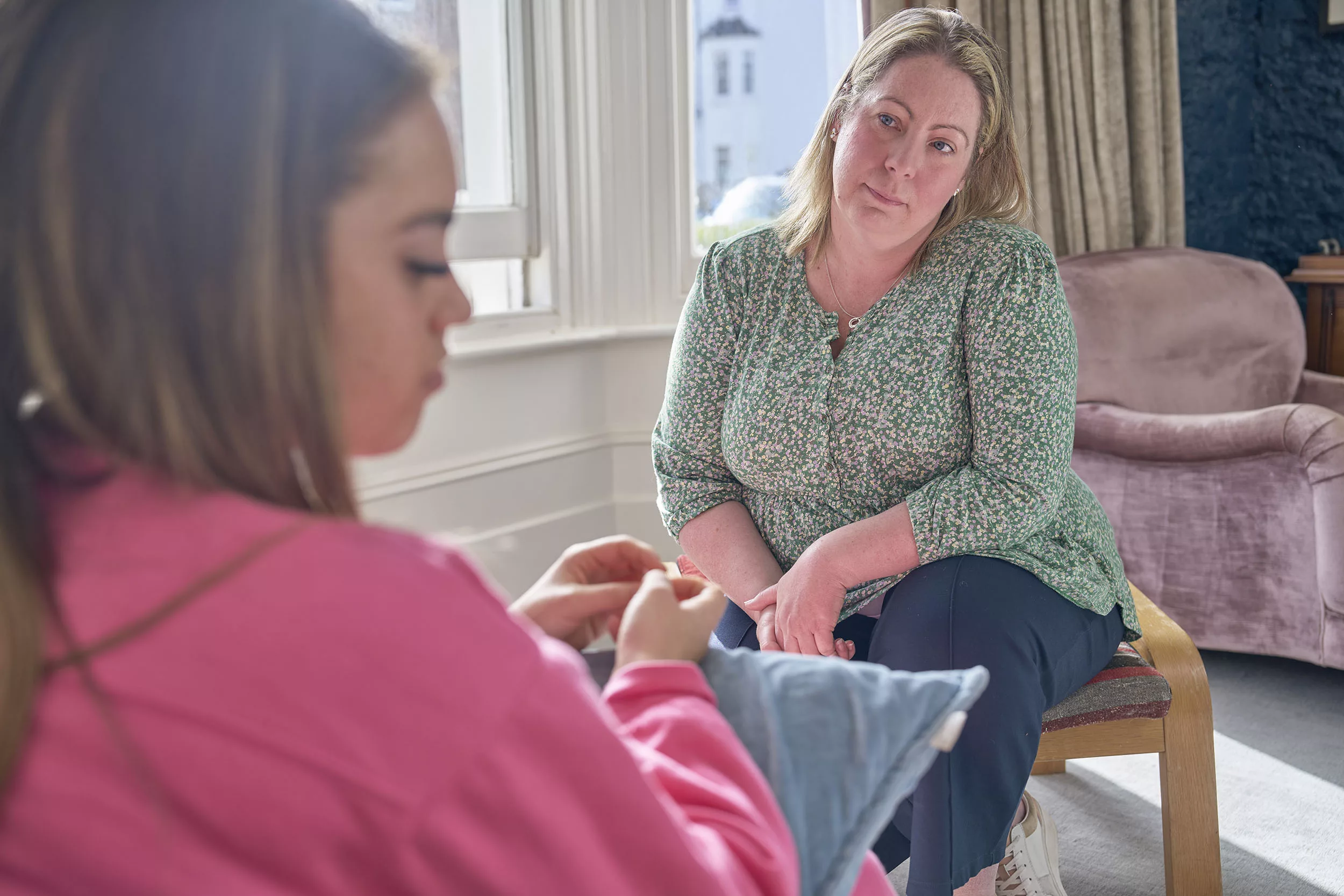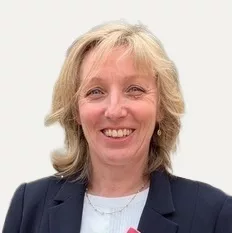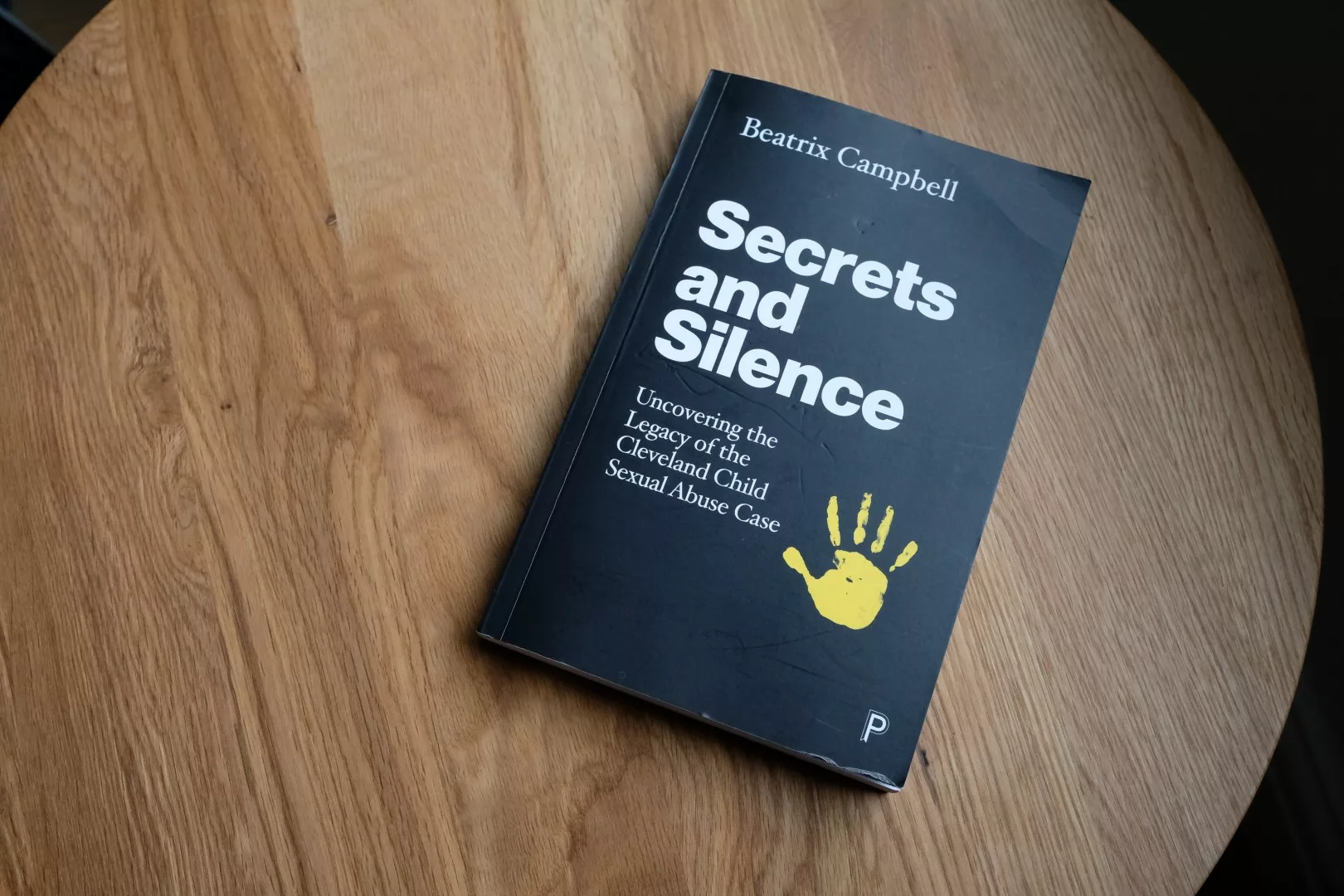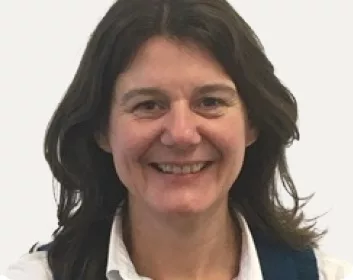There has been much attention recently on how to assess a young person’s risk of child sexual exploitation.
Risk assessment is typically associated with assessing perpetrators’ risk of offending, but an increasing number of tools and checklists have been developed with the aim of identifying young people who might be at risk of harm from child sexual exploitation.
I and my colleagues have been talking about such tools at forums conducted by the National Working Group (NWG) on child sexual exploitation over the last months, along with presenters from completed pilots of the Children’s Commissioner’s ‘See Me, Hear Me’ initiative. The NWG developed the events to support discussion of their new tool, which aims to provide more scope for practitioners to develop and express professional judgement, and picks up on some of the recommendations from our research such as problems with rating risk.
The Centre’s presentation drew on our recently released research report on risk tools, undertaken with Coventry University. Our report built on Coventry’s previous paper-based review of tools with the Early Intervention Foundation, looking further at how professionals used these tools and checklists and what they felt about their use.
What was evident from our research, and was borne out in contacts with the hundreds of practitioners who attended the forums, was that the growth and use of child sexual exploitation risk tools and checklists has raised real challenges.
A level of confusion exists about the purpose of tools. Are they for screening, or are they more oriented to a detailed assessment process? How can practitioners with minimal time or contact with a young person undertake a lengthy assessment? On the other hand, do screening-type tick boxes encourage assessments lacking in relational content?
This latter question is particularly important, because the quality of evidence produced from the tools is linked to the nature of engagement and sharing which occurs with young people. The tools rely on quality conversations and good engagement with young people about difficult issues. Without good engagement, the evidence from tool use is likely to be poor.
Despite the shortcomings of tools, explored in our report, practitioners generally supported the use of a tool. This reflects conversations I’ve had with practitioners who talk about needing a concrete method for demonstrating their concerns about a young person, in order to help mobilise system resources and attention to a young person’s needs. child sexual exploitation risk tools, however imperfect, may have offered some opportunity for accessing help for a young person within a competitive resource environment.
However, focusing on ‘risk’ of child sexual exploitation is particularly problematic. Child sexual exploitation is an area where young persons are all too easily characterised as ‘risky’. Approaches that dwell on risk can encourage a form of victim-blaming, as emphasised in Research in Practice’s recent evidence scope. Of course, particular things that children and young people do may be more safe or less safe, but those who experience sexual harm may already feel to blame or blamed for abuse, and there is a disturbing likelihood that perceptions that others are blaming them can contribute to someone not disclosing harm.
Initiatives such as ‘See Me, Hear Me’ have encouraged organisations to explore better relationship-based working, in which consideration of risk can be grounded in knowledge developed from relationships. Whilst this may appear to be more costly at first, practitioners who can connect in an inter-personal and community context with young people can become better informed of the reality of risks. This knowledge of young persons’ context can lead to more effective and less reactive decision-making. Risk-oriented practitioners with little opportunity to connect with young people in their environment can easily fall back on restricting personal freedoms as the safest solution for what appear to be risky behaviours.
Connecting practice to this reality of a young person’s lived experience and their context is a cornerstone of work undertaken by the University of Bedfordshire on ‘contextual safeguarding’, and reflects a longstanding though often marginalised interest of social workers in an individual’s social network. It is a key area of interest that the Centre has been following up in different spaces across England and Wales.
In Brighton, our Evaluation Fund programme is working with one of the ‘See Me, Hear Me’ pilot sites, which continues to test ways of better using knowledge from context to influence practice decisions around child sexual exploitation. In Greater Manchester we are connected to progress around a relationship-based approach to child sexual exploitation where some limited evidence has emerged of cost offsets, with investment in relationships showing potential to reduce residential placement costs. We are interested too in how the development of contextual safeguarding currently rolling out in Hackney can inform work on exploitation and child sexual abuse more broadly, including on the needs of marginalised groups whose context and networks are often excluded.
There has been significant learning emerging from work in Wales. Presentations in Cardiff and Rhyl last month on the review of the Wales statutory guidance on child sexual exploitation outlined a range of important findings around the Sexual Exploitation Risk Assessment Framework (SERAF) tool. Of particular interest were recommendations on how diverse practitioners might benefit from two distinct tool approaches. The report highlights how a more detailed interaction and professional judgement oriented assessment should be complemented by a more succinct tool (referencing developments in Wales around a Health SERAF). It suggests that this could support those professionals in contexts providing less opportunity for detailed work with a young person. Such a focus would still emphasise aspects of good engagement for briefer work, but acknowledge what works in which practice context.
At the Centre, we will be connecting and exploring risk-talk around child sexual abuse and exploitation as one of the topics at our conferences in England and Wales in the New Year. These will draw together diverse speakers and offer participants the opportunity to share and learn from others. We are also developing further research and engagement focused on young people’s experiences, which will contribute to a wider picture of how risk is assessed and developed in practice.
More detail about our conferences will appear shortly on this website.

